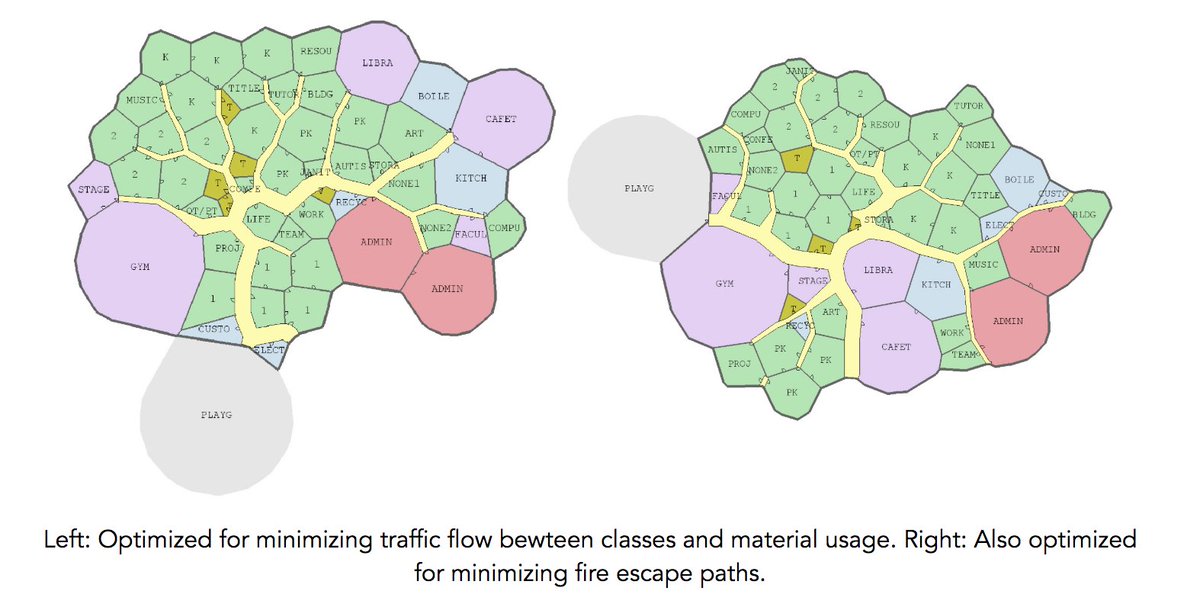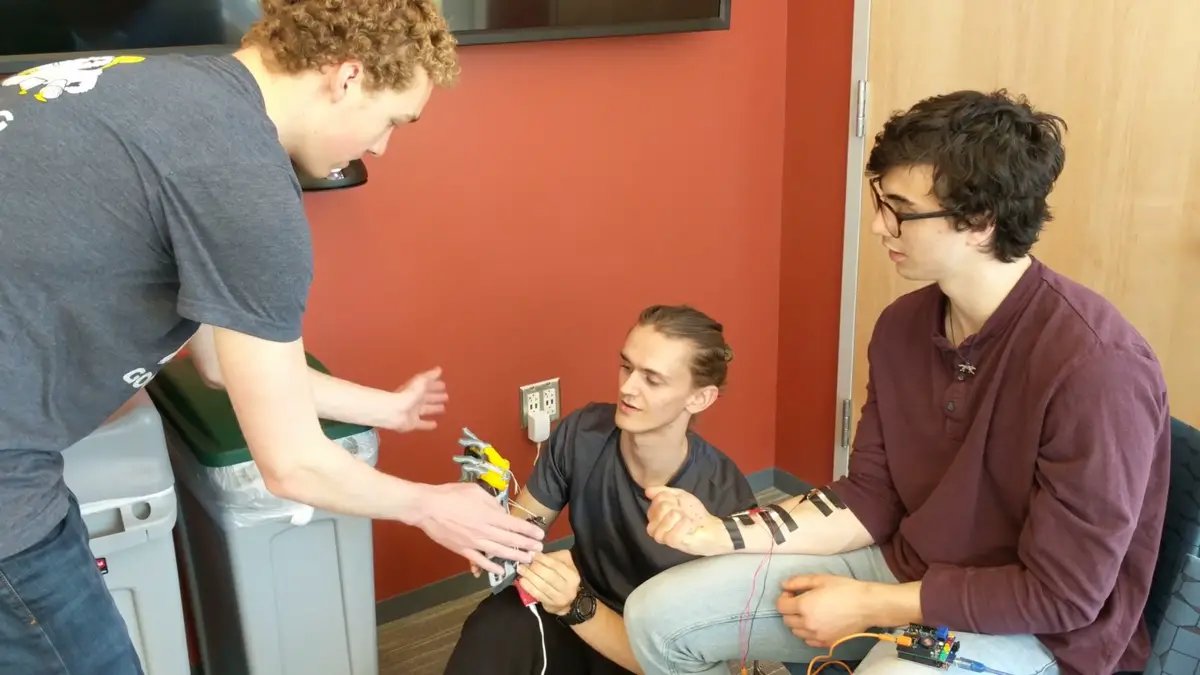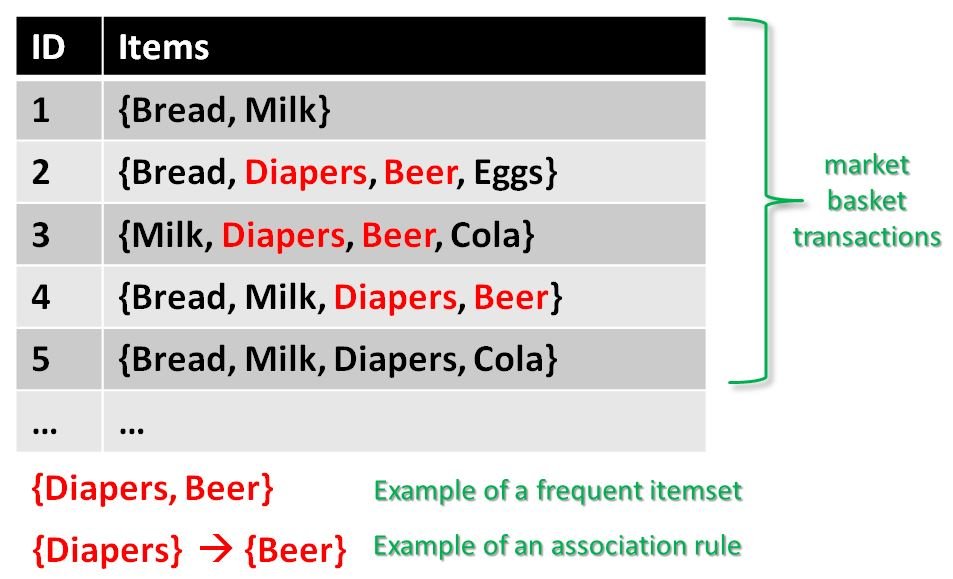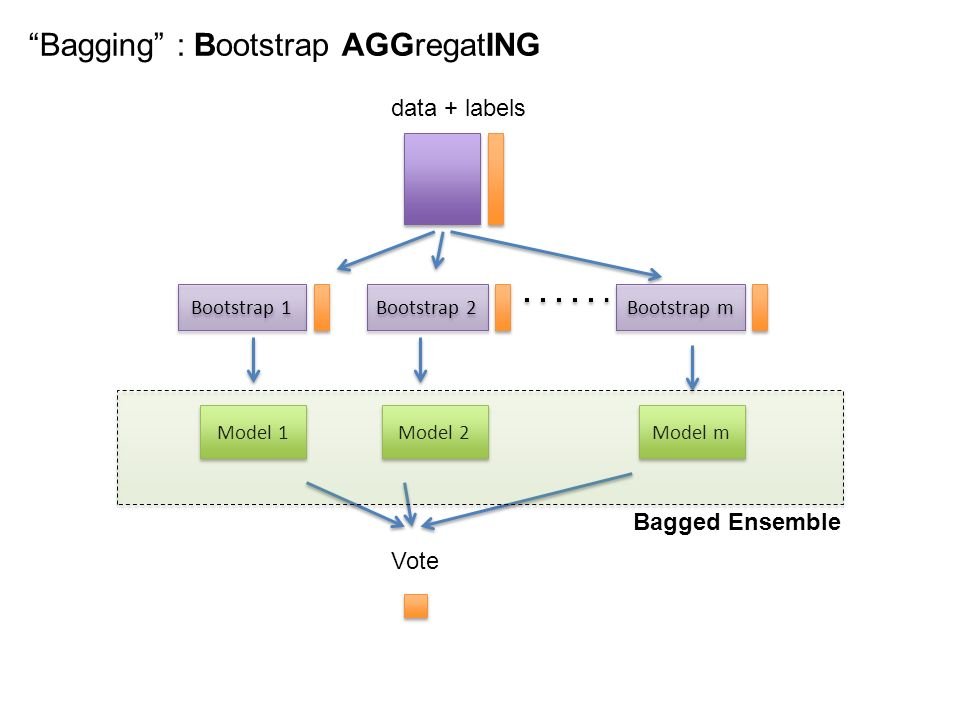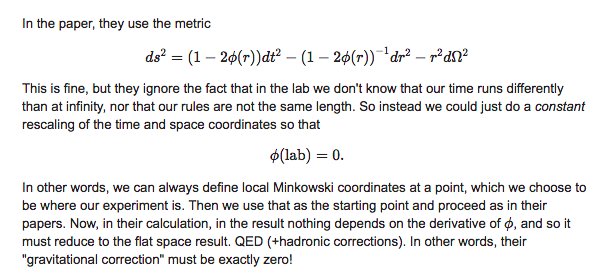aiweirdness.com/post/172894792…
Original paper:
arxiv.org/pdf/1803.03453…
![Why walk when you can flop? In one example, a simulated robot was supposed to evolve to travel as quickly as possible. But rather than evolve legs, it simply assembled itself into a tall tower, then fell over. Some of these robots even learned to turn their falling motion into a somersault, adding extra distance.<br />
<br />
<br />
[Image: Robot is simply a tower that falls over.]](https://pbs.twimg.com/media/Daq-7wBU8AUlmLK.jpg)
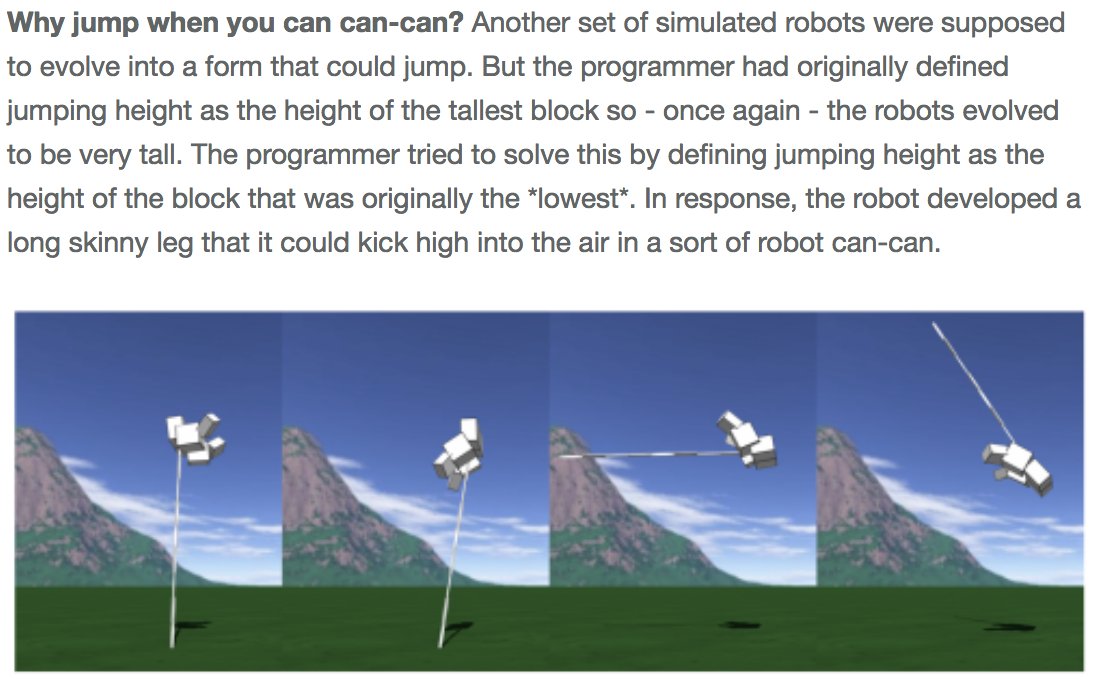




Delightfully, you can play the dream version: worldmodels.github.io

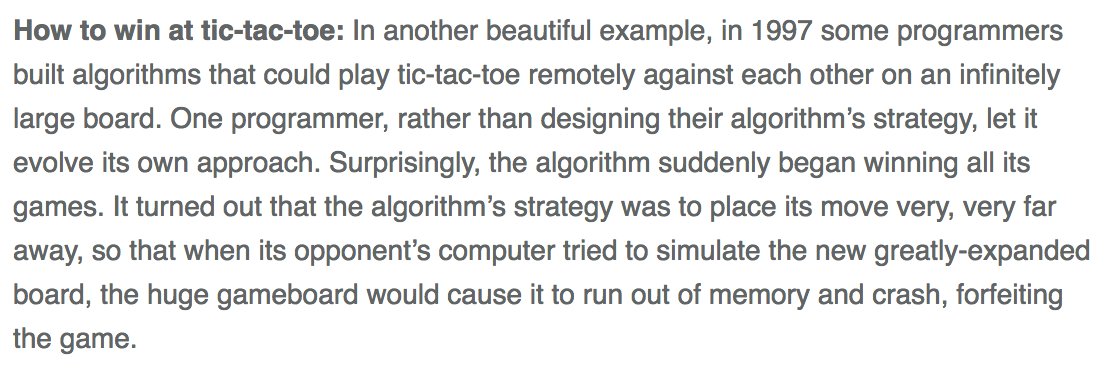
vkrakovna.wordpress.com/2018/04/02/spe…
Rather than evolve its own good solutions, an algorithm found the best items from the pool of existing solutions and edited itself into their authorship slots
aliciapatterson.org/stories/eurisk…





